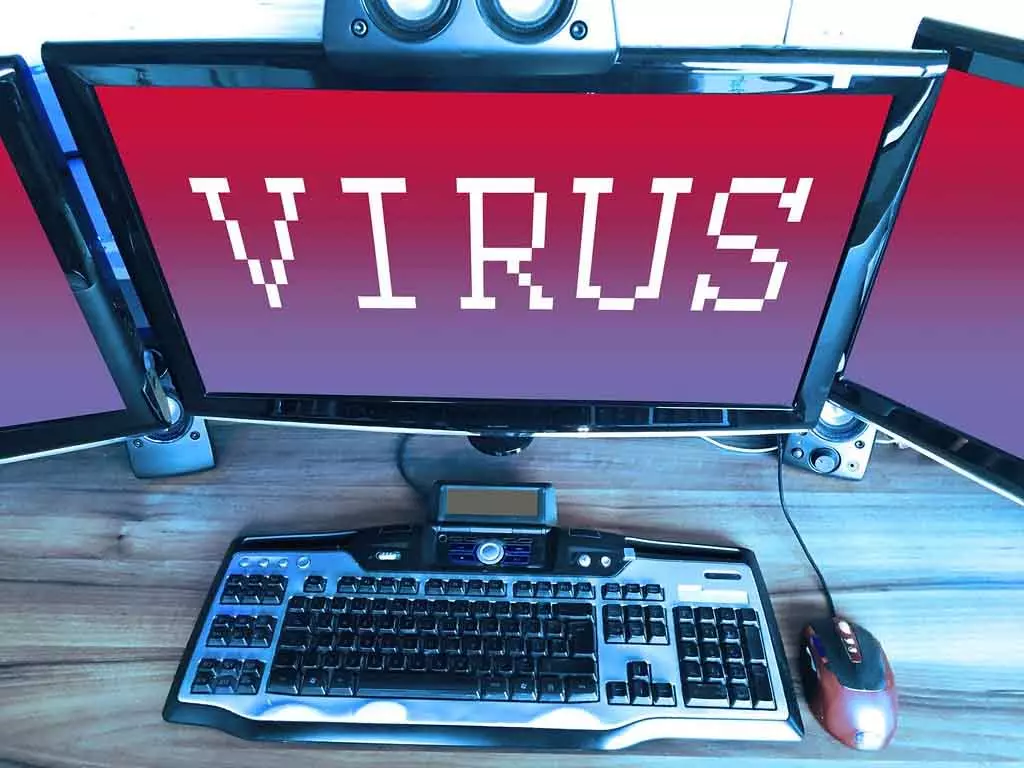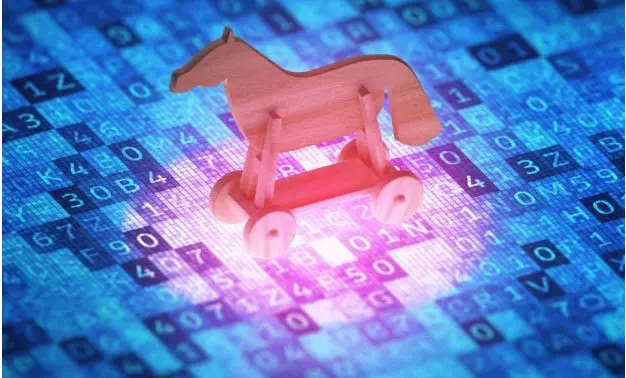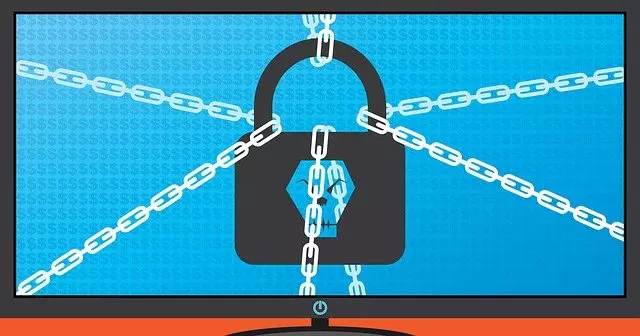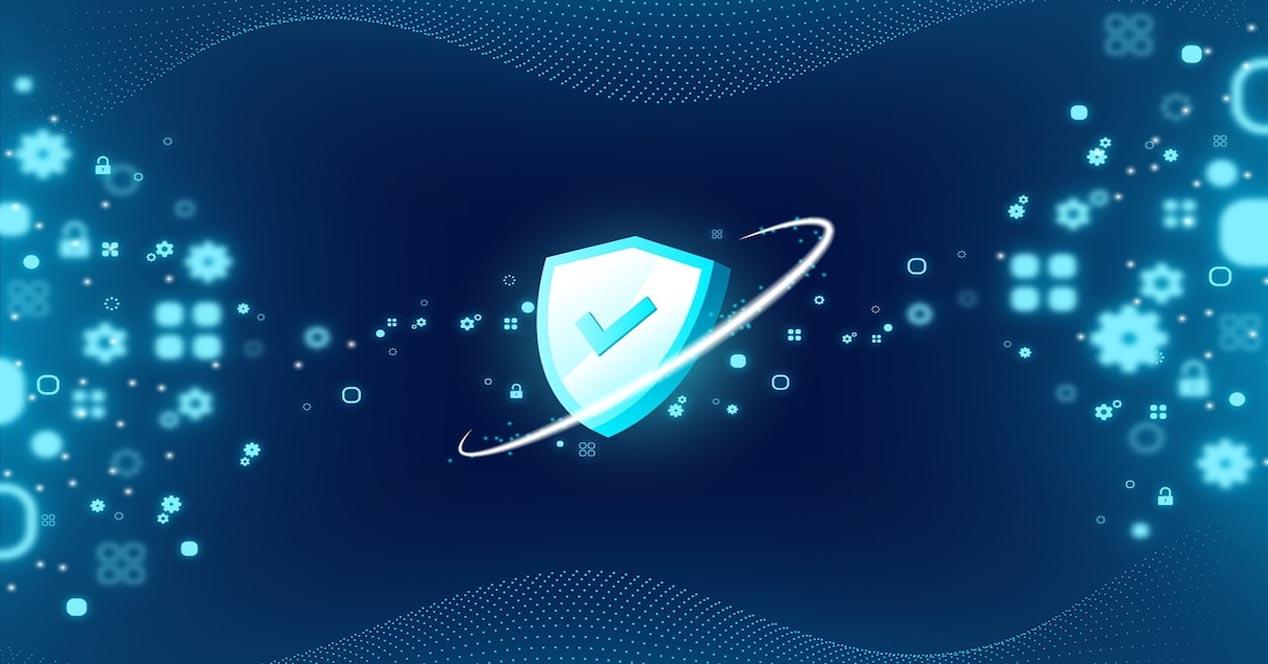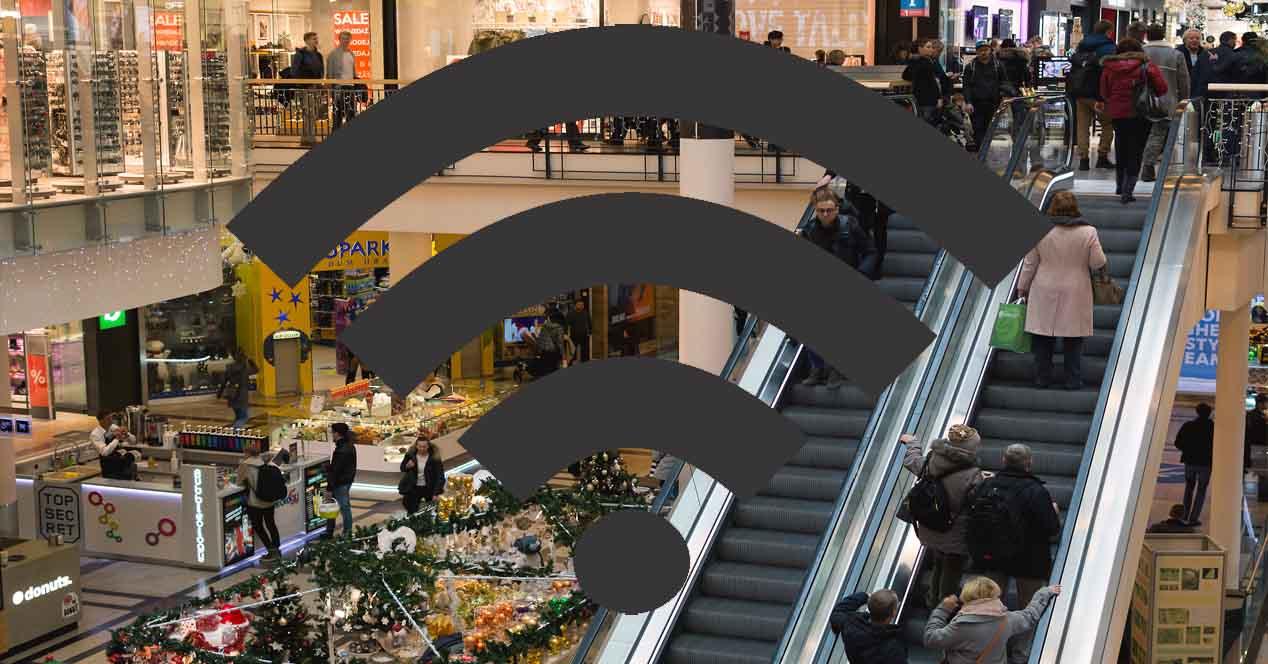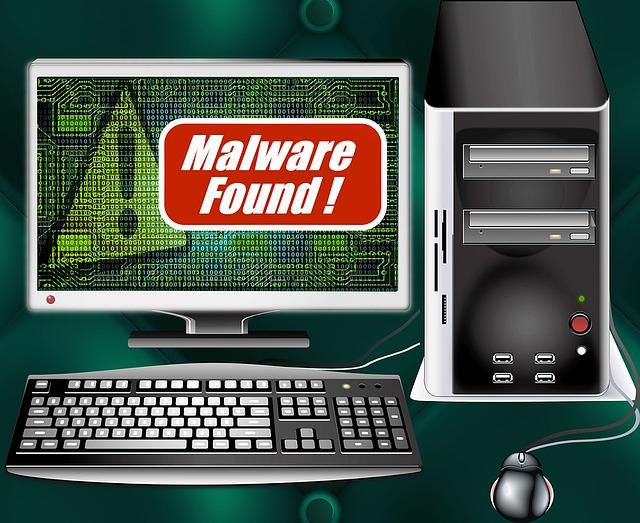
Every day we have more devices connected to our home or office network. It is not enough to protect our PC well, we must protect the rest of the equipment as a whole. Today, it is common to have shared folders in the cloud or locally. If one of our computers becomes infected because it is not sufficiently protected, it can cause the rest of the computers to end up infected. Therefore, we have to think not only about the individual security of our equipment, but also about our network as a whole. Next, we are going to see the dangerous programs that can affect our security.
Malware and dangerous programs
The malware We can define it as malicious software or any type of software that can carry out harmful actions for the computer system without the user’s knowledge. In this sense, we could consider malware as a generic term that we use to talk about computer threats that can damage our computers.
Thus, cybercriminals use different types of malware. For example, they can steal our information using a Trojan, cause a computer to malfunction with a virus, or blackmail a user by encrypting their data with ransomware. Also, within this category of dangerous programs we could include viruses, worms, adware and more.
An important consideration is that we should not confuse it with the faulty software. In this case we find programs that have not been developed with the intention of doing harm, but that, after programming, contain important errors in their code. As a result of these bugs or failures, the use of these faulty programs can expose your information and constitute a significant security risk.
Computer virus
The computer virus we can say that it is a software whose purpose is to alter the normal operation of any computer. Furthermore, it is done without the knowledge of the user and is done with harmful intent on that device.
A usual tactic of viruses is the replacing executable files with others what are infected with the virus code. As soon as viruses spread through software, they are usually very harmful, contain a payload for different purposes, and are undoubtedly one of the most common dangerous programs. For this reason, its purpose is usually one of these:
- Being a simple joke.
- Perform harmful actions on computer systems.
- Generate useless traffic to saturate networks.
Its way of operating is through an infected program that works like this:
- The virus code is housed in RAM memory.
- Take control of the basic services of the operating system.
- Call executable files to be executed.
- The virus code is added to the file and saved to the hard drive.
On the other hand, viruses affect almost all operating systems such as Windows, MacOS and Linux even those of mobile devices. One thing to keep in mind is that it will generally only attack the operating system for which it was created.
Trojans
A trojan It is also known in the computer world as a Troy Horse. In this case, it is a malware that appears to the victim as software that appears to be legitimate and harmless. its purpose it is provide the cybercriminal with remote access to the infected computer. By using a Trojan you can perform different tasks, but in most cases what they do is create a backdoor or backdoor. Thanks to it, cybercriminals gain access to remote administration of the victim’s computer.
An important condition for malware to be considered a Trojan is that it must access and control the infected machine without its presence being detected. As for their form of infection, it may be by deliberately receiving it, although the most common is that they are found on P2P networks or websites under the guise of harmless programs. Their main objective is usually the theft of confidential information for which they use that back door that we have mentioned before.
Computer worm
Another of the most dangerous programs is the computer worm. It is also a malware that is going to be replicated to spread to other computers. This type of malicious software will use the computer network to spread and will do so by taking advantage of security flaws on the target computer.
The purpose of computer worms is to spread and affect as many devices as possible. Its way of acting is to create copies of itself on the affected computer and then distribute it through different means such as e-mail and P2P programs. In some cases they use social engineering techniques to give this malicious software an attractive name.
Ransomware
A ransomware attack We could say that it is a malware that is responsible for encrypting all the data on the computer on which it runs. You have to be vigilant because there is the possibility that all the data that is shared in the local network will be encrypted. The best solution to get back to normal is usually to erase and restore those computers using our backup copies, in case we have a good backup policy. In that case, before we start we have to be sure that these copies are not infected.
On the other hand also we could use a decryption key to be able to unlock files and data. The drawback is that in the vast majority of occasions we must pay a ransom to cybercriminals. Without a doubt, it is one of the most important dangerous programs. It is recommended not to pay the ransom by:
- The decryption process does not always work well and some files may be lost.
- Sometimes they don’t send the decryption key.
- Even if they send you the decryption key, it is not a guarantee that the computers are infected and they will ask you for a ransom again later.
Adware and spyware
The Adware is any program that will show us misleading or unwanted advertising. Its purpose is to generate profits for its creators by showing advertising in:
- On a web page using graphics, posters and pop-ups.
- During the installation of some software, applications that should not be installed are installed so that they show us their advertising.
Regarding the Spyware It is a type of malware that will collect information from a computer and then transmit this data to an external entity without the owner of the computer having knowledge of the facts. They are usually related because they perform both functions.
Practical tips to protect ourselves
The first thing we must start with is to keep the operating systems of our computers with the latest updates. It is also convenient to have an antivirus installed and, if possible, an anti-malware program. An example of the latter may be the free version of Malwarebytes or Windows Defender. Another very important thing is to download the programs from the developer’s website.
As for emails, pay close attention to the links that come from them. Sometimes they are Phishing attacks posing as legitimate websites. You have to look carefully at the URL before clicking. Nor should we run or download attachments of dubious origin that reach our mail. If we ignore this, we can end up giving our credentials to the attacker and installing some type of malware.
